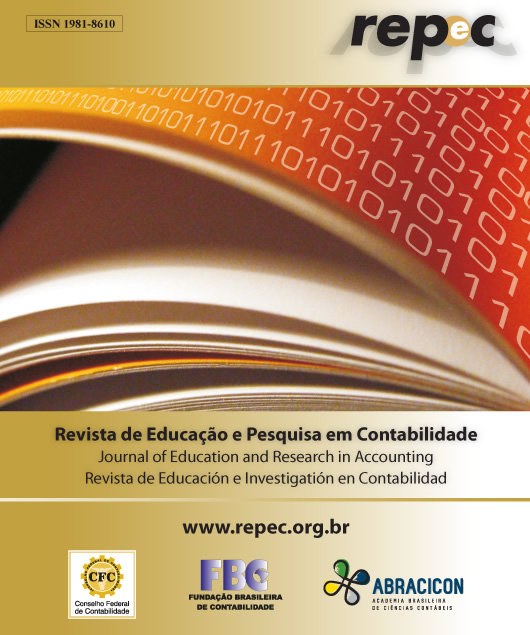BEHAVIOR OF THE TEN LARGEST BRAZILIAN BANKS DURING THE SUBPRIME CRISIS: AN ANALYSIS BASED ON FINANCIAL INDICATORS
DOI:
https://doi.org/10.17524/repec.v6i2.215Keywords:
Financial Statement Analysis. Financial Institutions. Subprime crisis.Abstract
The aim of this paper is to demonstrate the behavior of the ten largest Brazilian banks between June 2008 and September 2009, based on the analysis of financial indicators. Therefore, 16 three-monthly indices were calculated, extracted from financial statement information, which characterizes a documentary research. The indices were separated in five categories: liquidity, capital, profitability, income and market. The obtained results appointed that most financial institutions in the sample were able to manage their resources so as to gain conditions to maintain credit initially. Then, as from the first term of 2009, driven by public banks, they increased their credit operations. In addition, most banks revealed an anti-cyclical trend to encourage productive activities, preferably activities with higher liquidity levels, to the detriment of profitability, which reveals a more conservative attitude. Finally, it was verified that government initiatives, the Brazilian economic balance and the resources the banks offered helped to produce an environment to reactivate business activities during the most acute period of the subprime crisis.Published
How to Cite
Issue
Section
License
Copyright (c) 2012 Journal of Education and Research in Accounting (REPeC)

This work is licensed under a Creative Commons Attribution 4.0 International License.
Authors who publish with this journal agree to the following terms:
Authors retain copyright and grant the journal right of first publication with the work simultaneously licensed under Creative Commons Attribution 3.0 Unported License, which allows the sharing of the work and recognition of authorship and its initial publication in this journal. This license allows others to distribute, remix, adapt, or create derivative works, even for commercial purposes, provided credit is given for the original creation.
b)There is no financial compensation to the authors in any capacity, for articles published in RePEc.c) The articles published in RePEc are the sole responsibility of the authors.
